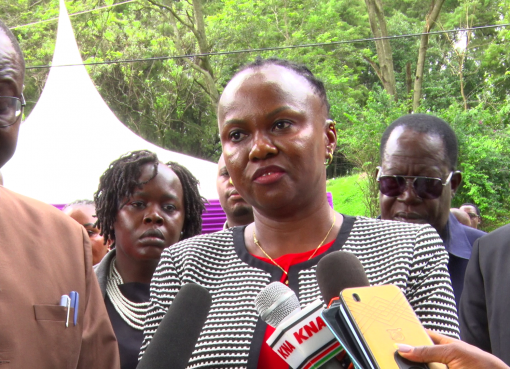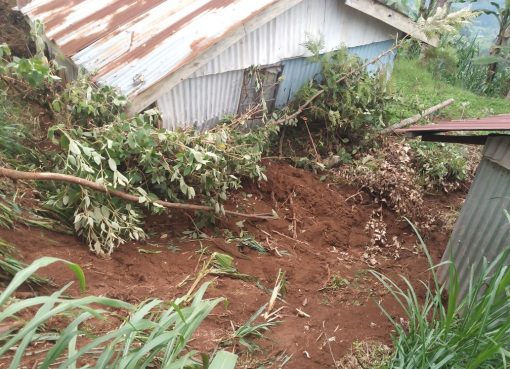Western Region Head of Conservancy Jim Okuto has lauded the Kenya Forest Research Institute for their relentless efforts to supporting bamboo growth and development across the country.
Speaking during celebrations to mark World bamboo Day at Busia Agricultural Training Centre, Okuto said KEFRI’s efforts are evidenced in the number of officers trained both locally and abroad in the aspect of bamboo growing and management.
“The officers have been deployed in counties and are taking lead in training farmers and local communities in planting tree nurseries and planting bamboo trees in farms and gazetted forests,” he said
He pointed out that there are 40 counties that have bamboo nurseries adding that bamboo is being grown in farms and gazette forests.
“The officers with the Kenya Forest Service have entered into performance contracting to grow bamboo in both forest and private farms,” he said.
He added that bamboo growing is a sure way of ensuring that Kenya forest service meets its constitutional mandate and have 10 percent of land in the country under forest cover.
He pointed out that the Western Conservancy comprising of 4 counties has 84,218 hectares of gazetted forest.8.86% forest cover.
“Western Conservancy has 8.86% cover distributed as follows, Bungoma 14.85%, Kakamega 9.81%, Vihiga 9.77% and Busia 1.01%,” he said, adding that Western conservancy has 140.6 hectares under farmland bamboo.
The official added that there are140 species of bamboo found in farmlands with Busia and Vihiga picking up much faster in bamboo planting.
“The high adoption rate can be associated with reasonable awareness of farmers through support programmes from both the county and national government,” he said.
Okuto explained that the value chain associated with bamboo farming provides opportunities to uplift the economic standards of the local residents.
“The southern parts of Busia and Budalangi are prone to flooding and waterlogging leading to heavy deposits of soil on the lower Bunyala, lower parts of Busia also have lower water tables that will support higher tree cover,’ he explained.
At the same time, he said that the lower part of Busia benefit from alluvial soil and the highlands that can be taken advantage of to grow bamboo.
“The highlands of Samia hills suffer from degradation due to poor land utilization like grazing, cutting of trees and poor cultivation methods,” he said, adding that bamboo planting can help save the situation.
The official further said that Busia County has vast land that can be put on bamboo growing adding that farmers are willing to grow bamboo.
“We also have political goodwill and ready market demand as some of the opportunities in this County,” he said.
However, he cited illegal settlements in the forest, cultivation, charcoal burning, over grazing, gold mining, high dependency on fuel wood and timber as the major challenges facing the sector adding that 42 hectares of land within the gazetted forests are occupied by institutions and individuals.
The Chief Administrative Secretary for Environment Mohammed Elmi promised to organize a meeting between KEFRI and Busia County government to chart the way forward on how to reduce the cost of bamboo seedlings.
“As at now, the uptake of bamboo growing is still low because the seedlings are very expensive,” he said adding that both county and national government need to subsidize seedlings so that they are cheaper to encourage more planting.
Elmi requested the private sector to also support the initiative.
By Salome Alwanda





